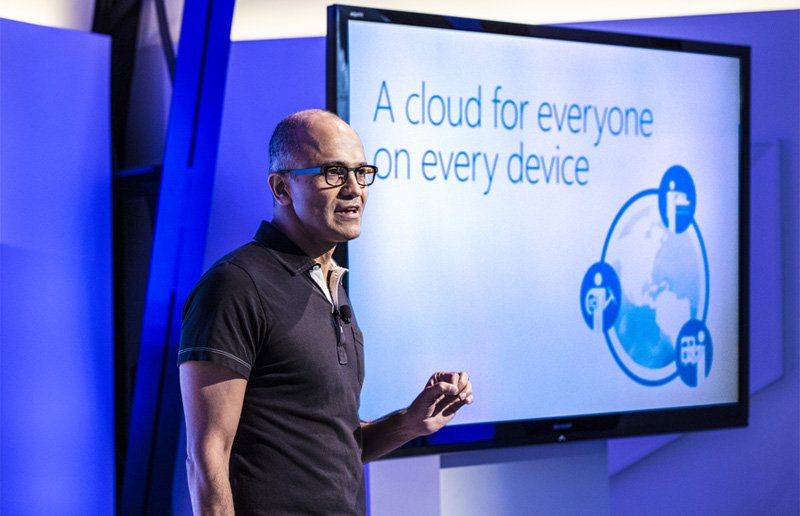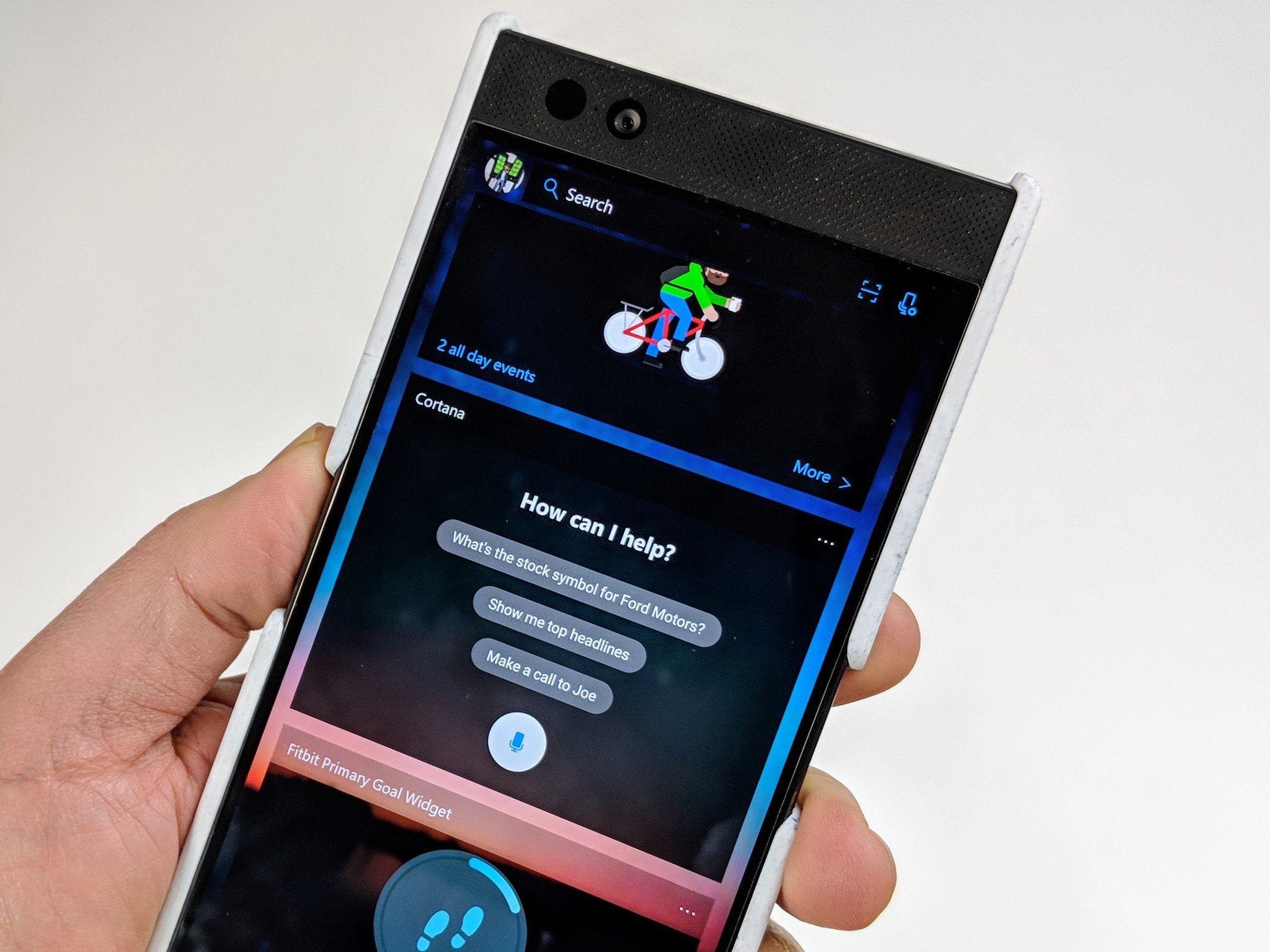How Microsoft is trying to reduce the environmental impact of its cloud
Microsoft's Azure cloud platform is growing rapidly, but the environmental impact of the data centers that support it is keeping the company's cloud ambitions grounded.

When most people think of the cloud, abstract images of their data in some ephemeral space "off-device" likely pops into their minds. Enormous data centers housing thousands of servers dominating landscapes and demanding incomprehensible amounts of electricity around the clock probably does not come to mind.
The Information-Communication-Technology (ICT) ecosystem that drives the internet, big data and cloud needs a lot of power to stream data to our personal and enterprise devices continuously. We often think of the battery efficiency of devices, such as the 25 hours of power Qualcomm claims for new Always Connected PCs (ACPCs). However, in a connected world where data is consistently pumped from data centers across networks to billions of devices all day every day, the cost of the electricity (and the resources to produce it) to facilitate those activities must be considered.
According to a 2013 report, the world's ICT annual consumption of electricity was equal to that of Japan and Germany combined. Additionally, though we associate power consumption with charging our devices, streaming one hour of video a week consumes more electricity than two refrigerators do yearly. When we think of Microsoft's cloud computing investments like xCloud game streaming, Office 365 and edge computing, its impact on environmental resources like the coal and water needed to produce the terawatt-hour of electricity that sustains ICT becomes dreadfully clear.
Coal makes the internet go around
Coal is the world's single most important source for electricity. Most people don't think about how streaming movies, using Skype and Office 365 or Microsoft's xCloud game streaming service will impact our finite coal resource. Our devices tethered to a wall by a power cord is the scope of most people's understanding of how their devices consume electricity. However, wireless networks are the invisible cord connecting our devices to the data centers miles away that are pouring vast amounts of electrical power into the ICT constantly. And most of this electricity is produced by coal.
As more devices become connected, the challenge companies like Microsoft face is building technology that keeps pace with efficiently handling power consumption. To date, the exponential increase in connected devices has outpaced efforts toward environmental conservatism even though Microsoft reports 100 percent carbon neutrality since 2012.
This is concerning because 5G networks are currently being deployed with the projection of adding tens of billions of personal and embedded Internet of Things (IoT) devices of various form factors. As 5G expands, Microsoft's IoT strategy will put increasingly enormous demands on data centers that will be required to stream data to the intelligent edge and billions of IoT computers around us. Consequently, the already efficiency-challenged systems will be burdened with higher electricity, and ultimately, coal demands. Wind and solar power are unlimited resources that Microsoft is investing in to reduce its use of coal by 75 percent by 2030. Developing renewable resource strategies is key to sustaining the expanding infrastructure of the ICT.
Cry me a (Columbia) river

Despite Microsoft's efforts, there are still concerns. During Microsoft's 2018 annual shareholders meeting, John Osbourne, a physician, spoke in support of Columbia River Tribes and First Nations. He expressed a concern that companies like Microsoft built data centers and accessed dams to harness cheap hydropower to power those centers, which negatively impacted what was once a thriving salmon fishery.
All the latest news, reviews, and guides for Windows and Xbox diehards.
He expressed the impact this has had on the indigenous people that live in that area and petitioned Microsoft's CEO Satya Nadella (recently named best CEO in the U.S.) to do something to "right these historic wrongs." Osbourne shared that he made the same petition of Amazon's, the world cloud leader, CEO.
Nadella responded that in other areas where poor communities surround its data centers, Microsoft brought high-speed broadband that provided access to health and education resources. He claimed the same could be done for these tribal people. Nadella said:
We should definitely take a look at what you brought up with the Columbia River and the native communities there and we definitely will do so.
Bringing broadband to these communities is commendable. However, the environmental impact of these data centers and the resources they drain to provide connectivity are exacerbated rather than reduced by increasing the internet's footprint. I am not advocating not connecting these communities, but that Microsoft and others keep their eyes on the issues Osbourne mentioned. Ironically, giving these communities something they didn't ask for as compensation for what was taken from them is reminiscent of the historic abuses of and displacement from their land endured by their ancestors.
The scene behind our screens

Microsoft's purchase of 75 acres in Quincy, Wash., in 2012 along the Columbia River, where it etched its massive data center into the landscape, impacted the environment in one way. The pollution from 40 large diesel backup generators near an elementary school did damage in another. Microsoft has made progress toward its 2030 goal to reduce its environmental impact since. Microsoft is one of the biggest green buyers of energy in the U.S., and its A.I. for earth initiative helped partners use resources more efficiently.
Still, Microsoft's ambitious cross-platform cloud strategy requires massive data centers to power the services we access daily. So the next time you stream an hour worth of video, imagine the resources that are being expended behind the screen, miles away, in a data center. Visualize the electricity expended, the coal burned and land consumed to sustain our modern conveniences, and then ask yourself, "What else can Microsoft do to reduce its impact on the environment?"

Jason L Ward is a Former Columnist at Windows Central. He provided a unique big picture analysis of the complex world of Microsoft. Jason takes the small clues and gives you an insightful big picture perspective through storytelling that you won't find *anywhere* else. Seriously, this dude thinks outside the box. Follow him on Twitter at @JLTechWord. He's doing the "write" thing!
